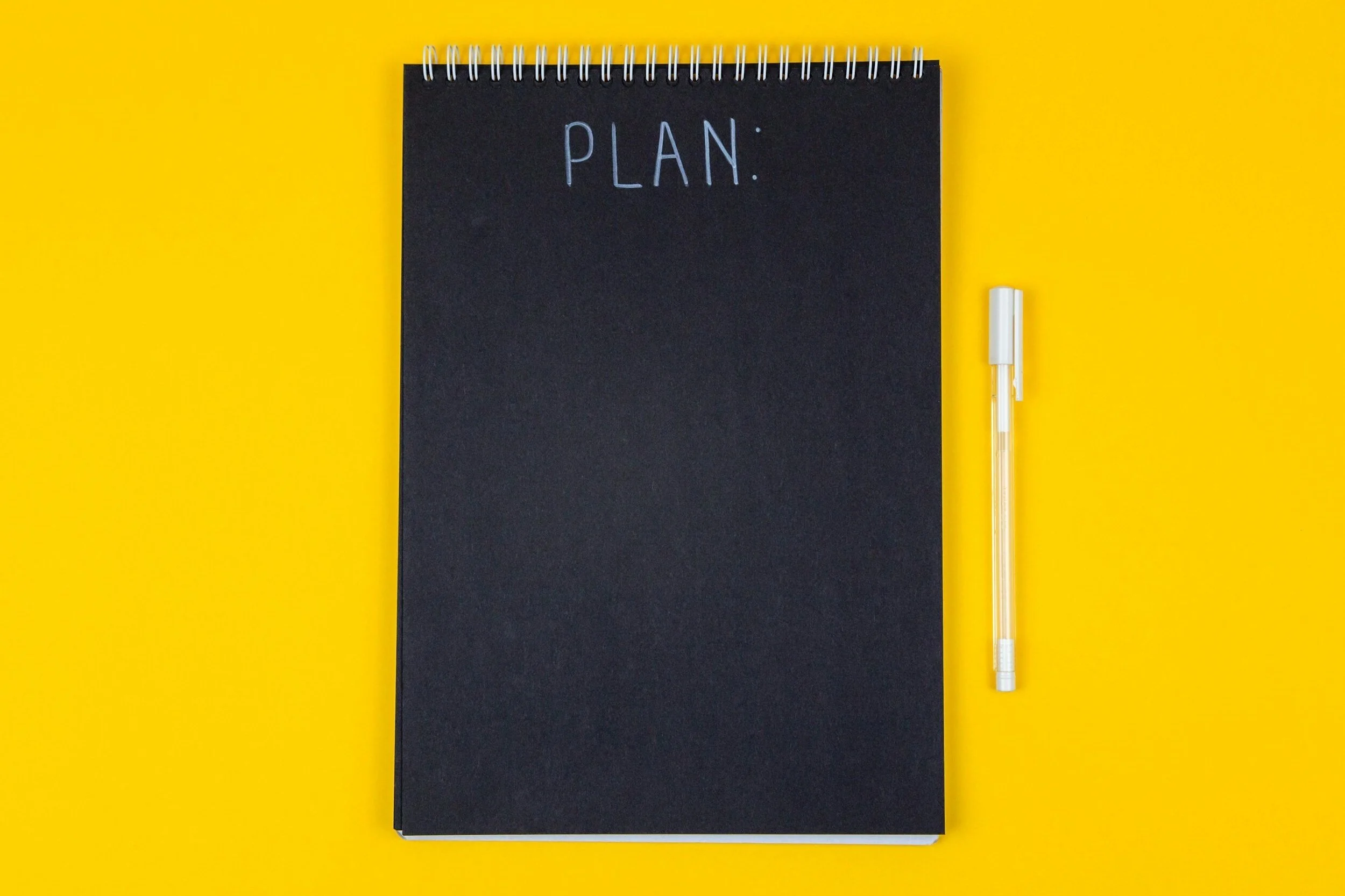Creating a Retirement Checklist
Preparing for Retirement
Retirement marks a significant milestone in an individual's life, allowing them to finally take a break from their long and dedicated years of work and enjoy the fruits of their labor. However, an enjoyable retirement requires careful planning and preparation to ensure that you can meet your financial, personal, and health goals. One of the most effective ways to accomplish this is by creating a comprehensive retirement checklist.
A retirement checklist is a detailed and thorough list of tasks you must complete before and during retirement. It helps you stay on track with your retirement objectives. Creating a retirement checklist involves following specific steps to help you identify and prioritize tasks vital to your retirement success.
Consulting with a knowledgeable and experienced financial advisor can be incredibly beneficial when planning and preparing for retirement. With their assistance, you can take your retirement checklist and create a comprehensive retirement plan. A comprehensive plan considers your current financial situation, your goals for the future, and the potential challenges you may face along the way. Working with a wealth management professional makes you feel more comfortable with your retirement goals and plans.
Determine Your Retirement Goals
Contributing to your 401(k) does not replace a proper financial plan. Retirement is a significant and life-changing event that requires careful planning. Determining your retirement goals is crucial in creating a successful retirement plan. You need to consider various factors, such as the age you want to retire, where you want to live, and how you want to spend your retirement years. Having a clear idea of your goals lets you plan accordingly and make the most of your golden years.
It's important to remember that entering retirement doesn't mean you become a different person overnight. You'll still be the same person, but you'll be transitioning into a new phase of life.
Planning ahead of time is essential to make the most of this new chapter. Take the time to decide what matters to you and what you want to achieve. This will give you the strength, fortitude, and focus to reach your retirement goals and enjoy a fulfilling retirement.
Assess Your Financial Situation
When evaluating your financial situation, you must comprehensively understand the assets you own. This includes any retirement savings, investments, and real estate that you have accumulated over the years. However, looking closely at your debts, such as mortgages, loans, and credit card balances, is equally important.
By subtracting your liabilities from your assets, you can calculate your net worth and determine how much money you will need to maintain a comfortable lifestyle during retirement. Investing sufficient time and effort into this process is crucial to ensure that you have a clear, accurate, and up-to-date picture of your financial situation.
To create a successful retirement checklist, it's essential to understand your financial statements. These statements provide a comprehensive snapshot of your financial situation and help you make informed decisions about retirement planning.
Income Statement
Income statements are crucial financial documents that show your income and expenses for a specific period. This statement displays your net income or loss, the difference between your total income and expenses. By reviewing your income statement, you can better understand your finances and make informed decisions to improve them.
It is essential to understand your income statement as it helps you determine your monthly budget. It enables you to identify areas where you can reduce expenses. If you haven't reviewed your spending lately, you can start by examining your recent bank statements and listing your income and expenses to understand your financial standing better.
Balance Sheet
The balance sheet gives you a snapshot of your assets, liabilities, and equity. Your assets include cash, investments, and real estate, while your liabilities include debts like mortgages, loans, and credit card balances. Equity represents the difference between your assets and liabilities, including retirement savings and home equity.
Understanding your balance sheet helps you determine your net worth and provides insight into your financial standing. It also lets you identify areas where you can improve your finances, such as paying down debt and increasing your savings.
In addition to these financial statements, you should also be familiar with your credit report. A credit report shows your credit history. This includes your credit score, outstanding debts, and payment history.
You can make better retirement decisions by understanding your financial statements and credit reports. You can identify areas where you need to improve your finances, create a realistic budget, and make informed investment decisions. Additionally, clearly understanding your financial situation can give you peace of mind and help you achieve your retirement goals.
Wealth advisors can access software and tools to help you organize your finances more efficiently. If you need assistance, talk to a qualified financial professional.
Review Your Social Security Options
Setting up a profile on the Social Security website is an easy process that allows you to view your social security income. Once you become familiar with your options, you can create a strategy. This includes deciding when to begin taking social security and whether you or your spouse should start first.
Create a Budget
Once you know your retirement goals and financial situation, it's time to create a budget. This includes estimating your retirement expenses, such as housing, healthcare, and travel. You should also factor in any additional income, such as Social Security or pension payments.
Review Your Investments
As you approach retirement, your investment goals and priorities may change. You may want to shift your focus from growth to income, which can be achieved by building a lower-risk portfolio. There are many investment options to pick from. However, avoiding the temptation of putting all your money into one investment vehicle or financial product is essential.
Instead, it's crucial to maintain a diversified investment portfolio to reduce the overall risk of your investments. This can be done by spreading your investments across different asset classes and industries.
Consider Your Healthcare Needs
Planning for healthcare expenses during retirement is crucial since it can significantly impact your financial situation. To ensure that you are prepared, it is essential to consider your healthcare needs and create a comprehensive plan accordingly.
This may involve enrolling in Medicare, purchasing supplemental health insurance, and saving for healthcare expenses. Proper planning and preparation can help you manage healthcare costs and avoid devastating financial consequences.
Create an Estate Plan
Creating an estate plan is essential. This can ensure your assets are distributed based on your wishes after your death. This involves creating a will, setting up a trust, and preparing healthcare directives.
Discussing your estate planning needs with a trusted attorney is recommended to ensure your estate will be handled according to your wishes. Additionally, it is a good idea to review your life insurance policies and retirement account beneficiaries at this time.
Stress-Test Your Plan
With the assistance of a financial expert, you can simulate different situations to prepare for your retirement plan. These scenarios may involve Monte Carlo simulation, investment portfolio analysis, and option comparisons. By stress-testing your financial plan and examining potential alternative scenarios, you can identify gaps in your planning and prepare for numerous potential situations.
Stay Flexible
Finally, staying flexible and adapting your retirement checklist as needed is essential. Life is unpredictable, and you may need to adjust your retirement plan as circumstances change.
Conclusion
In conclusion, a retirement checklist is an integral part of retirement planning. It helps you stay organized and focused. Following these steps can help you be more prepared for your retirement.
If you need assistance navigating retirement, our wealth management professionals can help you prepare a comprehensive financial plan.




